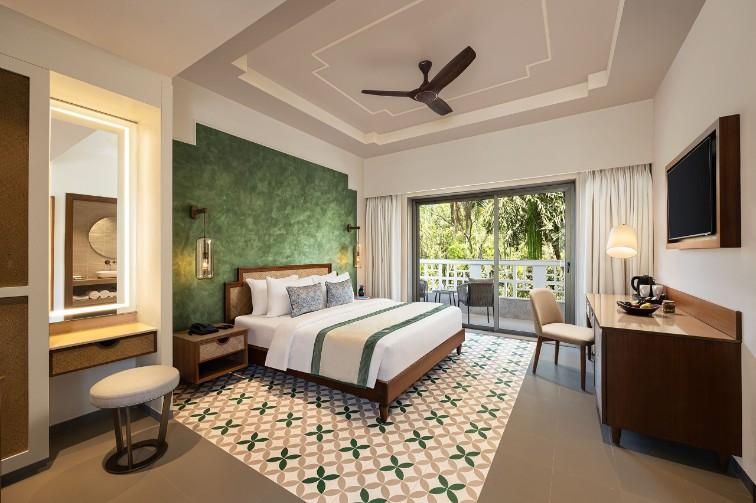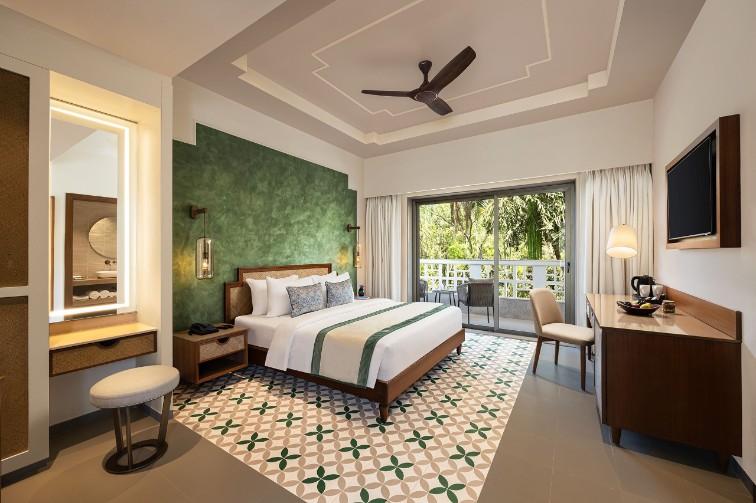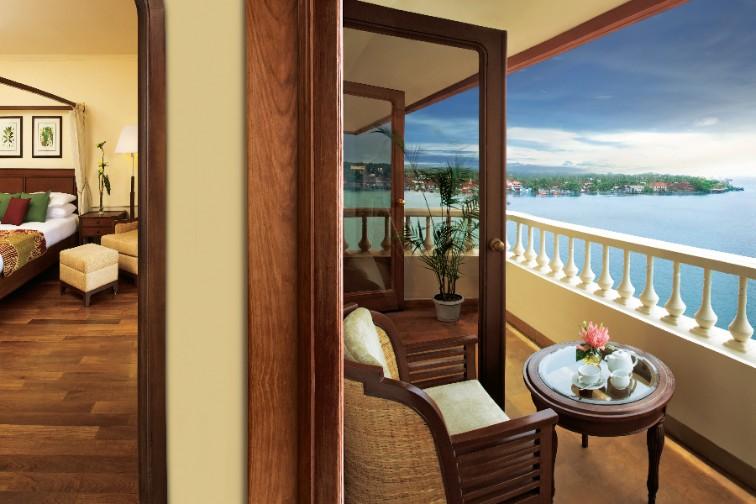
Hotels
•04 min read

Imagine exploring a UNESCO World Heritage Site teeming with rare wildlife, lush landscapes, and peaceful river banks—Manas National Park is a dream destination for nature enthusiasts and adventure seekers alike. This checklist-style guide is designed to help you plan the perfect trip by identifying the best time to visit, understanding the park's weather patterns, and exploring a variety of lodging and safari options. By the end of this guide, you'll have a clear roadmap for your journey, ensuring a seamless and unforgettable experience at one of India's most stunning national parks.
The timing of your visit plays an essential role in maximizing your experience. Here’s a quick seasonal overview:
Winter (November - March): The park is at its peak during winter as the cool weather improves wildlife visibility. The dry and pleasant climate makes it easier to spot elusive creatures, and the scenery is at its most dramatic.
Summer (April - May): While the park sees fewer crowds during summer, the higher temperatures can be challenging. However, the sparse visitor numbers mean you can enjoy a more intimate connection with nature, provided you prepare for the heat.
Monsoon (June - September): Heavy rainfall during the monsoon season causes the park to close. The flooding and slippery trails not only hinder access but also alter the natural behaviors of wildlife, making safaris unpredictable.
The optimal months for a safari in Manas National Park are generally in winter, from November through March. Within this period, December and January are especially favorable due to the mild weather and excellent wildlife activity. For those who prefer quieter trails, the early days of April can also be rewarding, as the forest awakens during the transition from winter to summer. Monthly weather patterns during these times are stable, enhancing your chances of a comfortable and fulfilling experience.
The climate in Manas National Park is as diverse as its wildlife. In the winter months, temperatures generally range from 10°C to 20°C, offering cool mornings and evenings that are perfect for early safari trips. The warmer days during summer can push temperatures above 30°C, making midday excursions less appealing. These variations not only influence your planning but also affect animal behavior. For instance, many species are more active during the cooler parts of the day, which is why early morning and late afternoon are ideal for wildlife sightings.
Preparation is key when embarking on a trip to Manas National Park. For winter safaris, consider packing layering clothes to combat the morning chill and mid-day warmth. In contrast, for summer visits, lightweight and breathable fabrics are a must. Do not forget to carry:
Sunscreen and a wide-brimmed hat to shield you from the intense sun.
Insect repellent to keep pesky bugs at bay during the humid season.
Comfortable walking shoes and a compact raincoat if the weather is unpredictable.

When it comes to lodging, the vicinity of Manas National Park offers a range of options that cater to various budgets and luxuries. Visitors can select from eco-resorts that emphasize sustainable practices, budget hotels that offer essential comforts, and even luxury accommodations boasting upscale amenities and stunning views of natural landscapes. Most of these accommodations are conveniently located close to the park’s entrance, reducing travel times and allowing more opportunities to embark on adventures.
If you are looking for a storied stay, consider the top-rated hotels and resorts recommended by travelers. These establishments often feature exclusive wildlife views, locally-inspired cuisine, and eco-friendly practices that enhance your experience without compromising nature’s integrity. Booking your accommodation early is advised, especially during the peak winter season, to ensure availability and the best possible rates.
Pro Tip: Book accommodations near the park’s entrance to maximize your safari experience and minimize travel time.
Manas National Park offers a variety of safari experiences, each providing a unique way to explore its natural beauty. Your options include:
Jeep Safaris: Perfect for those who want a comprehensive view of the park’s landscapes and wildlife, jeep safaris cover broader territory and offer more comfort.
Elephant Safaris: For a more traditional and close-up experience, elephant safaris offer an intimate way to explore the wilderness, though they require a higher degree of physical stamina and an adventurous spirit.
Birdwatching Tours: Given the park’s abundant avian population, specialized birdwatching tours provide insight into the diverse species that call Manas home.
While adventure is key, safety is paramount on any safari. Always remain seated and inside your vehicle during the tour, as unexpected animal behavior can pose risks. Avoid making loud noises, which might disturb the wildlife, and follow the guide’s instructions closely. Studies have shown that the best times of day for safari tours are early mornings and late afternoons when animals are more active and the lighting is perfect for photography.
Your travel checklist should be comprehensive to ensure a hassle-free journey. Essential items include:
Travel documents such as permits, identification, and tickets.
Clothing and gear suited for the park’s varying climates, including layers and waterproof options.
Handy extras like binoculars, cameras, and field guides to enhance your wildlife observations.

Meticulous planning can transform a good trip into an extraordinary one. When drafting your itinerary, allocate specific time slots for safaris, lodging, and transit. Mix in visits to nearby attractions such as Nameri National Park or Kaziranga National Park to broaden your nature experience. Remember to check the local weather and adjust your plans accordingly to maximize comfort and planning efficiency.
Two to three days are ideal for exploring the park and enjoying multiple safari experiences.
The best time to visit is from November to March, during the winter season, when the weather is pleasant and wildlife sightings are frequent.
Check the park's official website or contact local tourism offices for updated information on opening months and accessibility.
Prices vary depending on the operator and season, but generally range from ₹2,500 to ₹4,000 per jeep.
You can reach the park via road by hiring a taxi or taking a bus. The distance is approximately 150 km, and the journey takes around 4 hours.
Manas National Park is a treasure trove of natural beauty and wildlife, offering unique experiences for travelers. Whether you plan your trip during the vibrant winter months or the quieter early summer days, this checklist helps ensure you are well-prepared for any eventuality. Understanding the weather, selecting the best accommodations, and following expert safari tips can transform your journey into an unforgettable adventure. With careful planning and informed choices, your visit to Manas National Park will surely leave you with memories that last a lifetime.